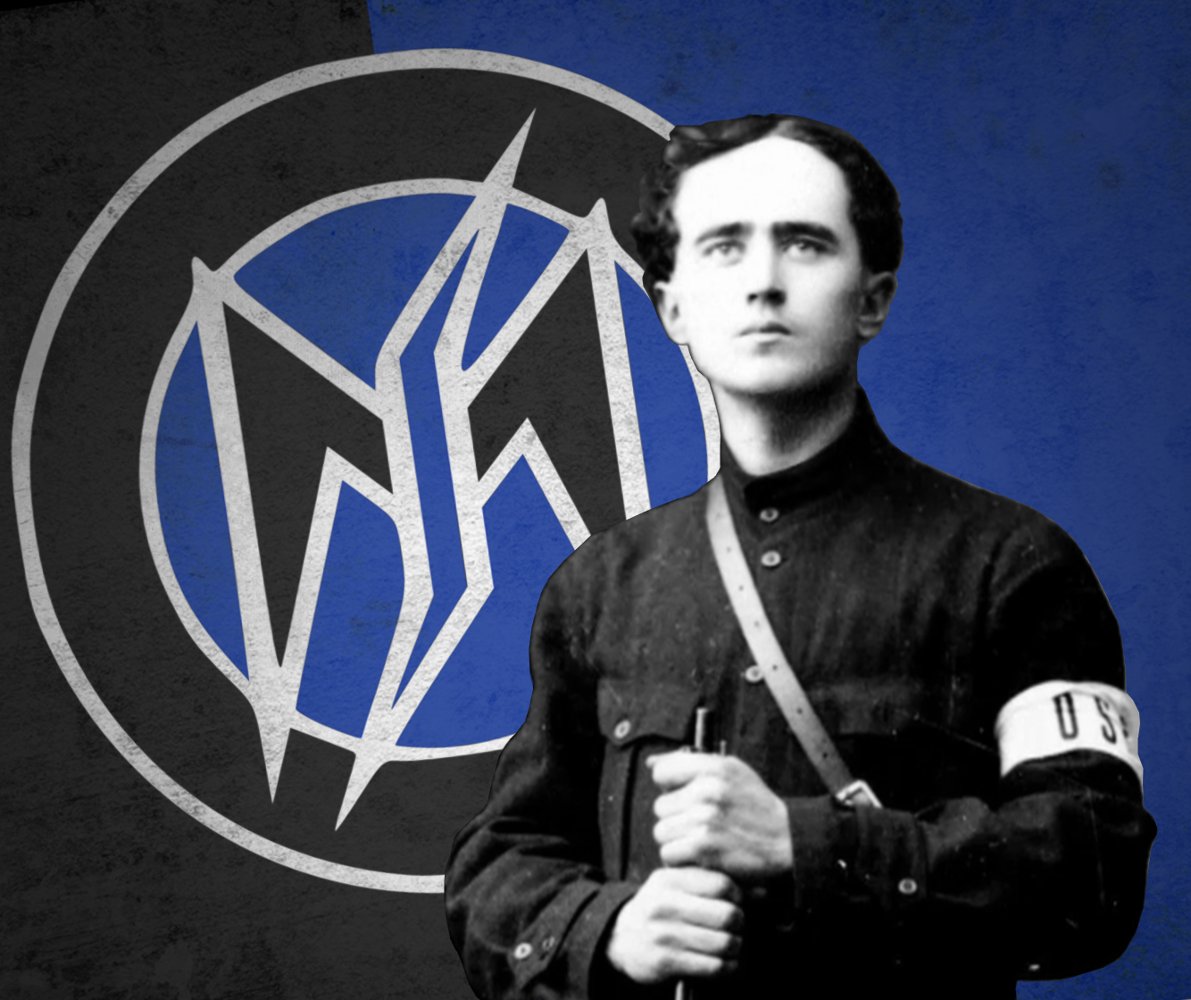
Fascinating video about asymmetrical skis used by Uralic peoples in Fennoscandia. On the left foot, the skier has a long ski for sliding, on the right foot, he has a shorter ski for kicking
The long ski was traditionally made from pine tree reaction wood, which was hard and curved. The shorter ski was made from birch and its bottom was covered with deer hide to give it better friction. The long ski was waxed with animal fat to make it slide better. 







Most of the time, only one ski pole was used. This allowed the skier to use a weapon such as a spear or bow in their other hand. Sometimes the weapon doubled as the ski pole. The asymmetrical skis allowed the hunter to achieve considerable speed. 



Hunting with skis happened in late winter when the snow could carry the weight of the skier but not the animal being hunted. The hunter could catch the normally fast animal and use his spear to kill it. 



The skis were used to hunt deer, moose and even bears. However, the most important prey since the stone age was the Finnish Forest Reindeer. The species was almost hunted to extinction in the 19th cent. which led to the decline of deer hunting and the use of the asymmetrical skis 

Link to a full study in Finnish about the history of asymmetrical skis and the making of a reproduction: utupub.fi/handle/10024/1…
• • •
Missing some Tweet in this thread? You can try to
force a refresh








